Each season brings a fresh wave of manicure trends—rich orangey tones for Fall, soft pastels for Spring—but some shades remain timeless year-round. Baby blue nails fall firmly into this evergreen category, offering a versatile and stylish option no matter the season. Traditionally favored by those with a penchant for femininity and effortless elegance, baby blue has now evolved to suit a wider range of styles. Thanks to the creativity of nail artists, this hue can be tailored to fit both bold and understated aesthetics. Whether you’re aiming for a statement look or a subtle touch, baby blue nails provide endless possibilities to express your unique style.
Young, fresh, and playful—these are just a few words that perfectly capture the essence of baby blue nails. It’s no surprise that fashion-forward individuals are embracing this dreamy hue, effortlessly incorporating it into their easy-breezy, everyday ensembles. But baby blue nail designs aren’t just for the soft and feminine aesthetic; they’re also making waves in edgier style circles, offering a striking contrast to bold fashion choices.
.
One of the key reasons this nail trend has captured hearts is its remarkable versatility. Baby blue pairs beautifully with a wide range of colors—think pink, gold, and brown—making it a flexible choice for fashion lovers who love to mix and match. Unlike deeper or more vibrant shades of blue, its soft, delicate tone makes it a seamless complement to various palettes, adding a touch of chic elegance without overpowering the look.
Whether you prefer long acrylics, natural short nails, or a sleek gel finish, there are countless design options to suit every woman’s unique style and lifestyle. Baby blue nails are here to stay, offering the perfect blend of sophistication and playfulness.
Check out 23 baby blue nail designs to inspire your next manicure…
#1. Florals and crystals
Baby blue nails adorned with florals and crystals offer a dreamy and elegant manicure that’s both delicate and striking. The soft baby blue serves as the perfect backdrop for intricate floral designs, whether it’s dainty petals or bold blooms. Adding crystals enhances the look, creating a touch of sparkle and sophistication.
#2. Plainly wonderful
Plain baby blue nails are the epitome of understated elegance. This soft, pastel shade offers a clean and refreshing look that’s effortlessly chic. Perfect for those who appreciate simplicity, these nails add a touch of calm and serenity to any outfit.
#3. Classic French tips
Classic French tips get a refreshing update with a baby blue twist. The soft pastel shade at the tips brings a modern yet timeless feel to this iconic manicure. It’s the perfect balance of elegance and playfulness, offering a unique take on the traditional French look.
#4. Under the sea
Transport yourself to the beach with a sea-inspired nail design featuring starfish, seashells, and other ocean treasures. This playful and vibrant manicure brings the serene beauty of the sea to your fingertips. Each nail can showcase a different sea creature or coastal element, from delicate starfish to sparkling seashells, creating a whimsical, beachy vibe.
#5. Get frosted
We’re still deep in the heart of winter, which means there’s no better time to embrace season-appropriate nail designs. A chic way to channel those winter vibes? Opt for winter-themed designs that give a nod to the season. You can also consider textured, embossed details instead of plain, flat nail art. This stylish option not only adds depth and dimension to your manicure but also lets you feel your nails—literally.
.
#6. Designer-inspired
We know you have an eye for only the best of life, which is why you’re drawn to designer-pieces. Unfortunately, designer nail polish isn’t something you can tell after application. Clearly because all nail polish look the same once on your nails. Luckily for you, that doesn’t mean you can’t show off your love for designer pieces by incorporating their logo or pattern on your nails. Genius isn’t it?
#7. Heart up
.
#8. Play with pink
.
#9. Take to the clouds
Take your baby blue nails to dreamy new heights—literally. A skilled nail artist can transform your nails into a serene sky-inspired masterpiece. Whether you prefer a minimalist touch with soft, wispy clouds or a more detailed approach featuring silhouettes of birds in flight, the possibilities are endless. The beauty of this design lies in its versatility, allowing you to express your imagination while maintaining an effortlessly chic look.
#10. Work in some sparkle
.
#11. Three-time charm
When it comes to nail art, the possibilities are truly endless, making intricate designs featuring multiple elements a stylish and welcome choice. Unlike fashion, where too many details can feel overwhelming, nail art allows for a playful and creative approach without the risk of looking overdone. Feel free to mix embossed textures, sparkles, and a variety of colors to achieve a look that’s uniquely yours. The key to keeping things chic? Ensure your nail length remains within a tasteful range to maintain an elegant and sophisticated finish.
#12. Embellish with crystals
.
#13. Flower power
Who doesn’t love flowers? Whether it’s their delicate petals, enchanting fragrance, or vibrant colors, flowers have a way of captivating us. If you’re a flower girl (just like me), then you’ll love the idea of incorporating floral designs into your nail art. While it’s tempting to go all out and adorn every nail with blooms, less is often more. Limiting the floral design to a maximum of two fingers on each hand strikes the perfect balance—keeping your nails chic, stylish, and effortlessly elegant. After all, simplicity is always the best route to take.
#14. Two-tone details
.
#15. Ombré marvels
.
#16. Try a metallic effect
A metallic sheen is an instant attention-grabber, and when combined with baby blue nails, it creates a strikingly stylish effect. The key to pulling off this look flawlessly lies in finding the perfect pairing—whether it’s baby blue and pink for a soft, romantic vibe, baby blue and grey for a modern touch, or baby blue and midnight blue for a bold contrast. Once you’ve chosen your color duo, build the design around one dominant shade while the other plays a complementary role.
#17. Add a touch of gold
Gold shouldn’t be reserved just for your outfit and accessories—it deserves a prime spot on your nails too. Adding gold details to your baby blue manicure creates an effortlessly luxurious look that stands out in the best way. Whether it’s delicate horizontal lines for a minimalist touch, miniature foliage for a nature-inspired vibe, or dainty heart accents for a sweet finish, gold elements have a way of elevating your nail art. When paired with the soft charm of baby blue, gold detailing instantly brings your manicure to life with an elegant and eye-catching flair.
#18. Write it with calligraphy
.
#19. Floral silhouette
This design is ideal for the girl who loves keeping things simple but still wants a touch of creativity. If you appreciate minimalism, you can stick to a solid baby blue base and let the magic happen with a silhouette design. Whether it’s a delicate floral, a graceful plant, or a soaring bird, these subtle yet striking details elevate your nails without overwhelming them. The result is a sophisticated, understated look that captures beauty in its simplest form. It’s the perfect balance of calm and charm for anyone who enjoys a refined touch to their nail art.
.
#20. Marble on nails
.
#21. Rich embellished nails
.
#22. Cute and plaid
.
#23. Add some wings
If you’re ready to embrace a bit of whimsy, adding wings to your baby blue manicure is the perfect way to do it! Whether it’s angelic, butterfly-inspired wings, or a more abstract take, this design adds a dash of playful charm to your nails. It’s undeniably feminine and filled with cuteness, so prepare for compliments! Just remember to balance the look—if you’re going all in with the wings, keep the rest of the design minimal to avoid overwhelming the sweet and delicate vibe. This is a perfect choice for the girl who loves to stand out with a touch of innocence and fantasy.
Featured image: @annastudio_syd/Instagram
For the latest in fashion, lifestyle and culture, follow us on Instagram @StyleRave_
––Read also




































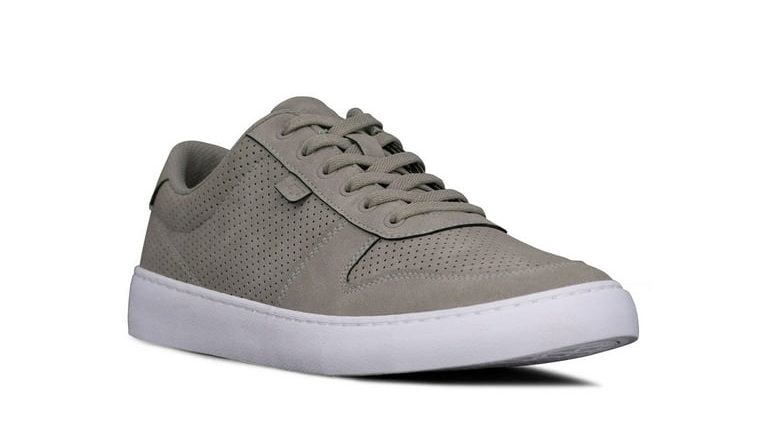

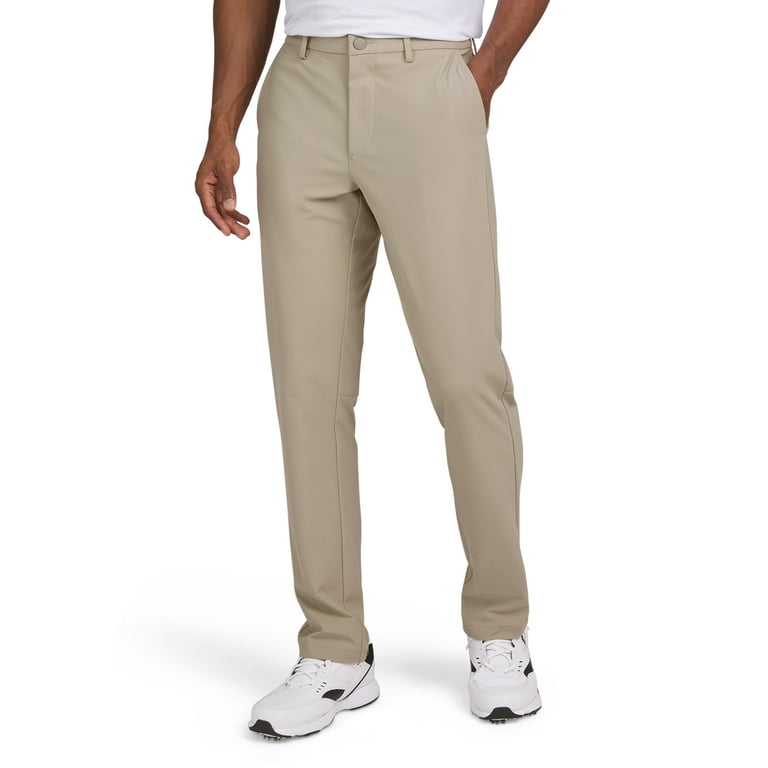
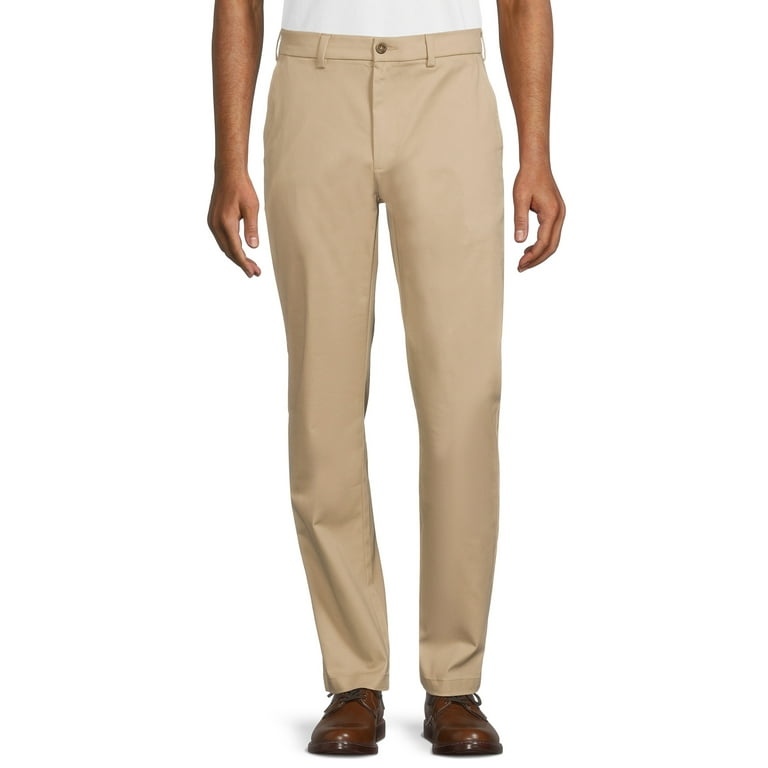
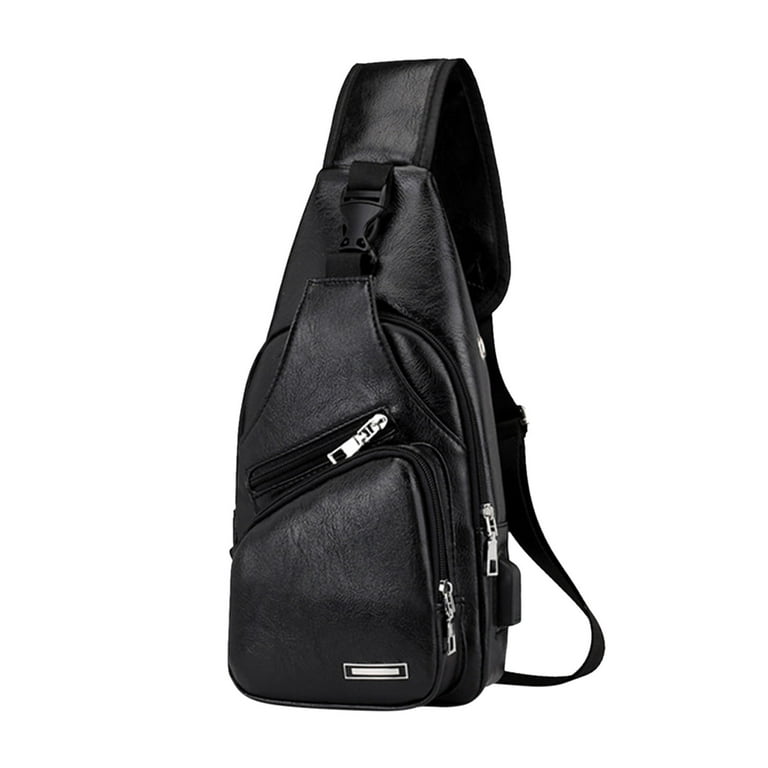
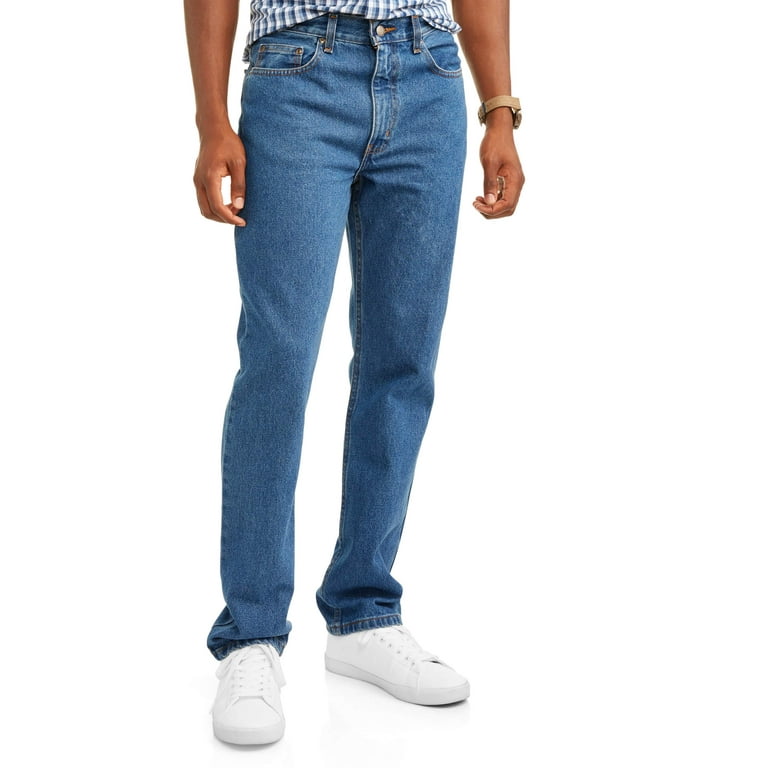


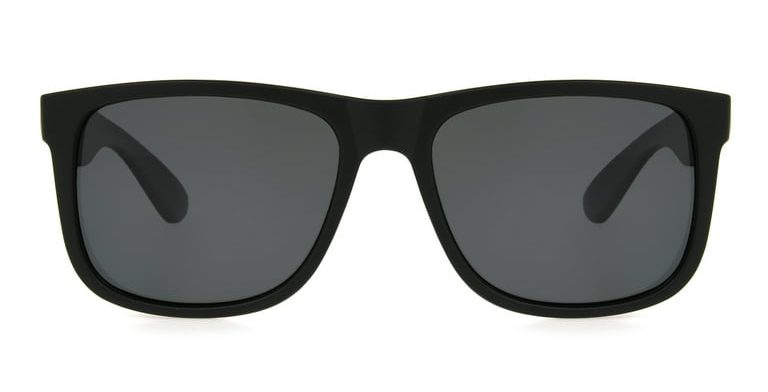

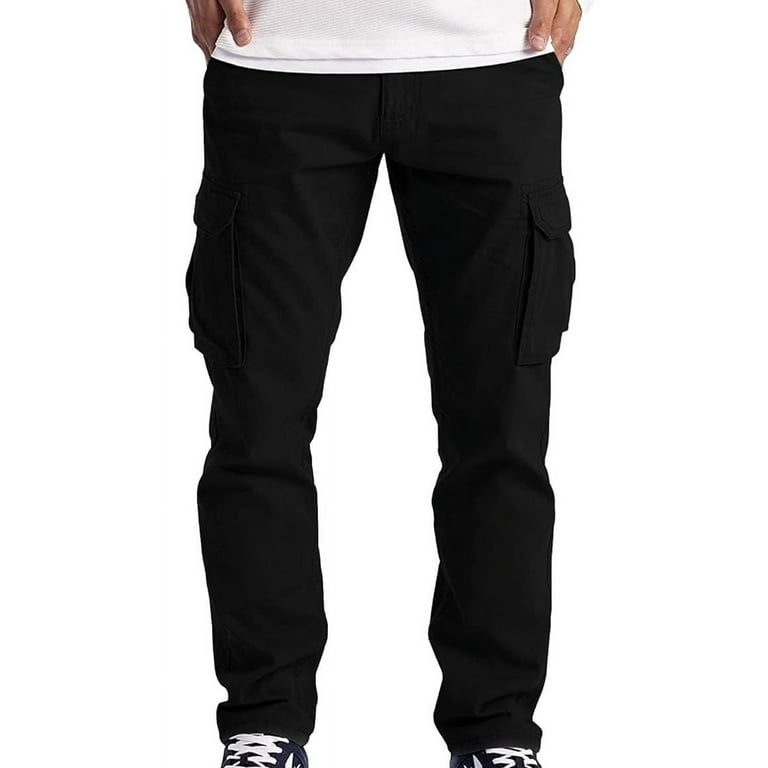
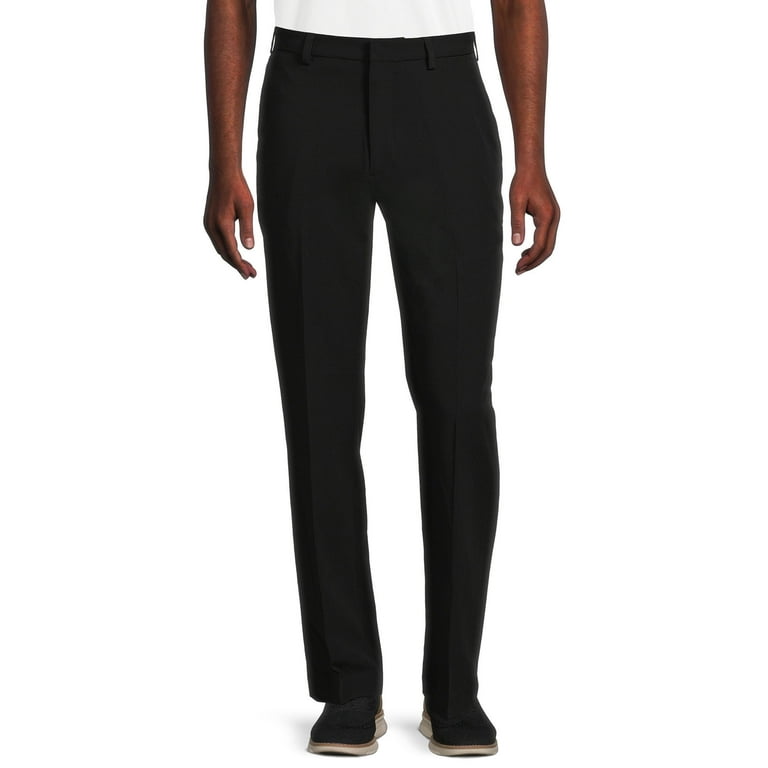
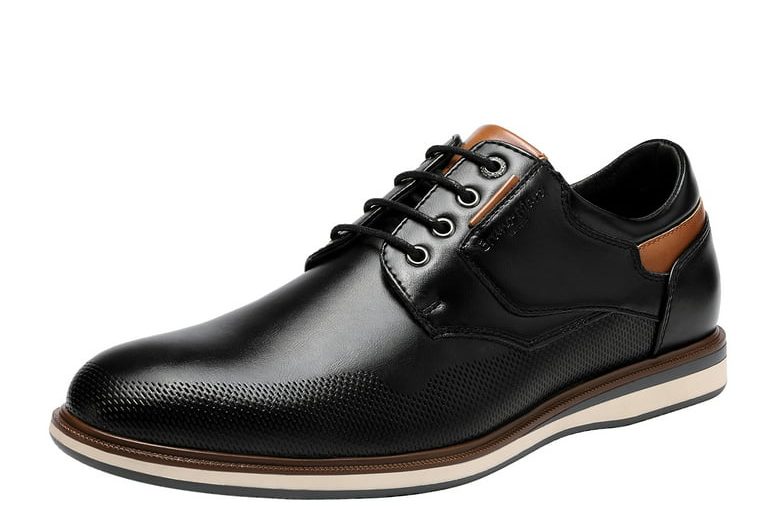
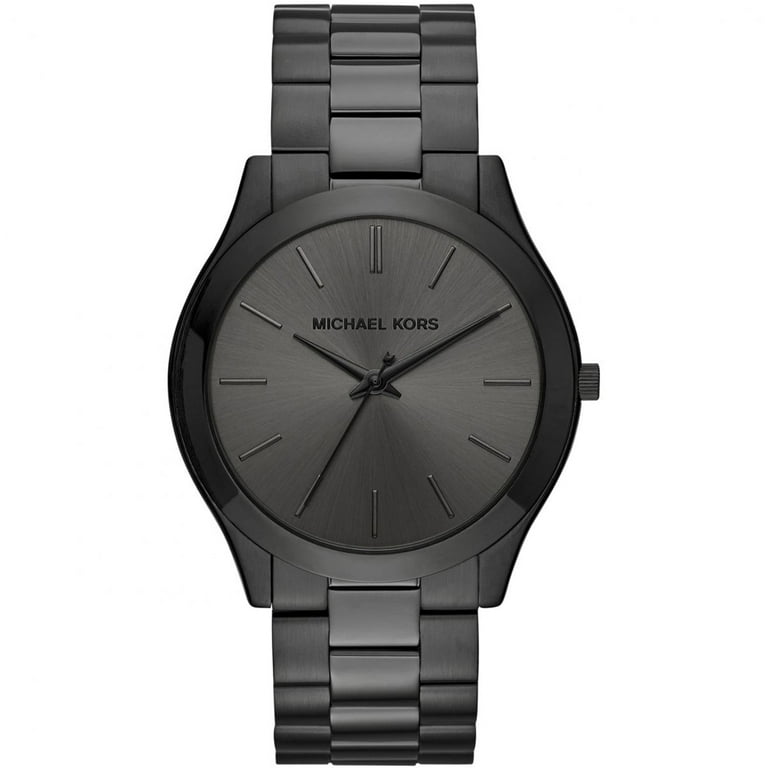
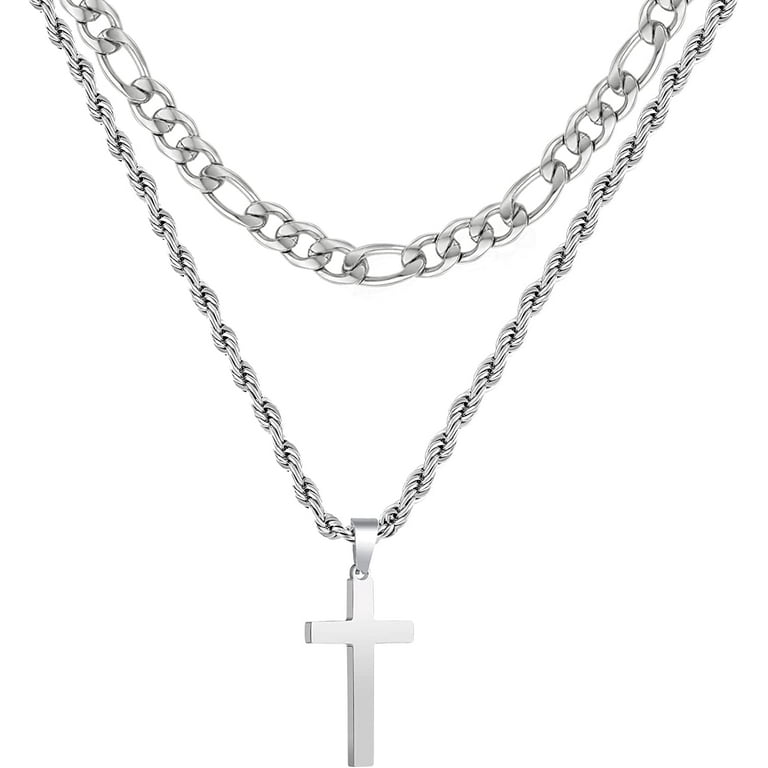


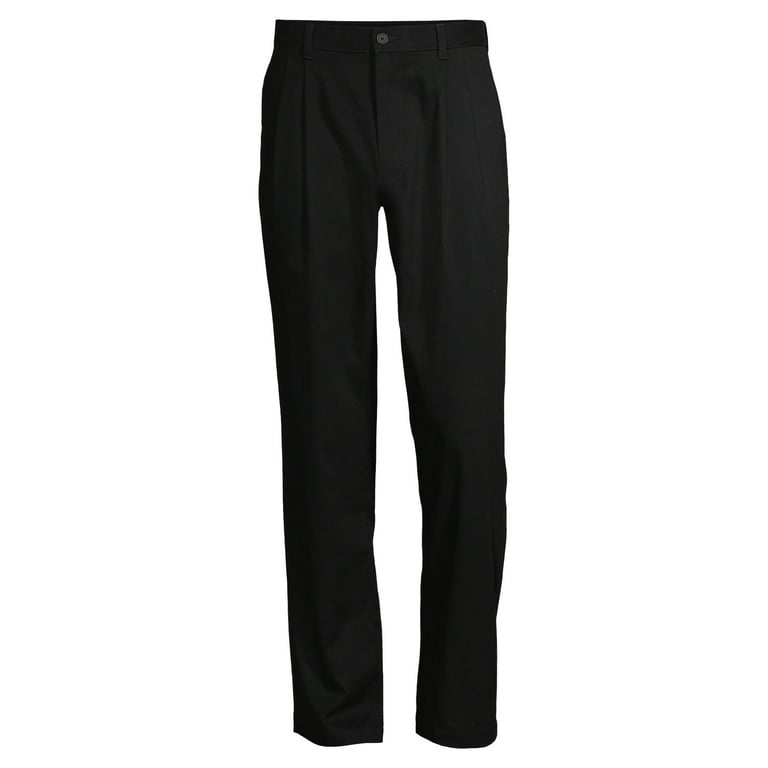






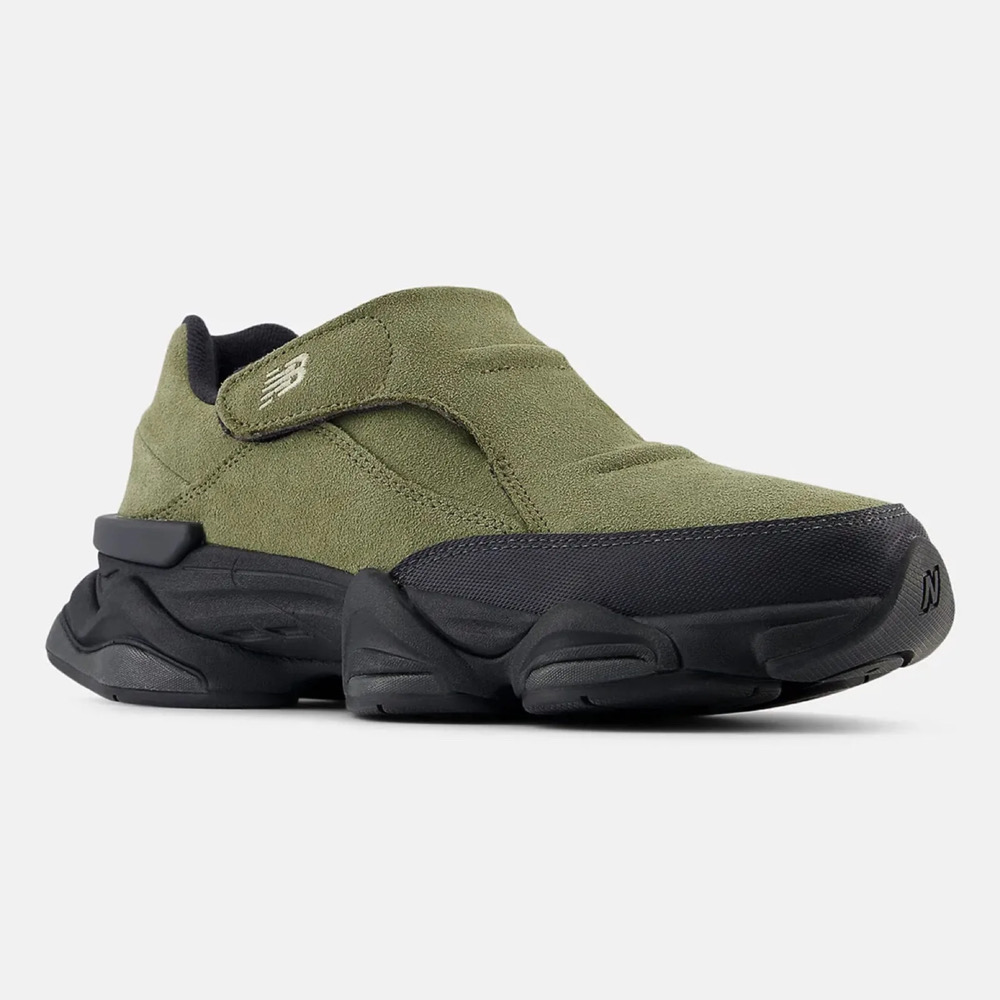
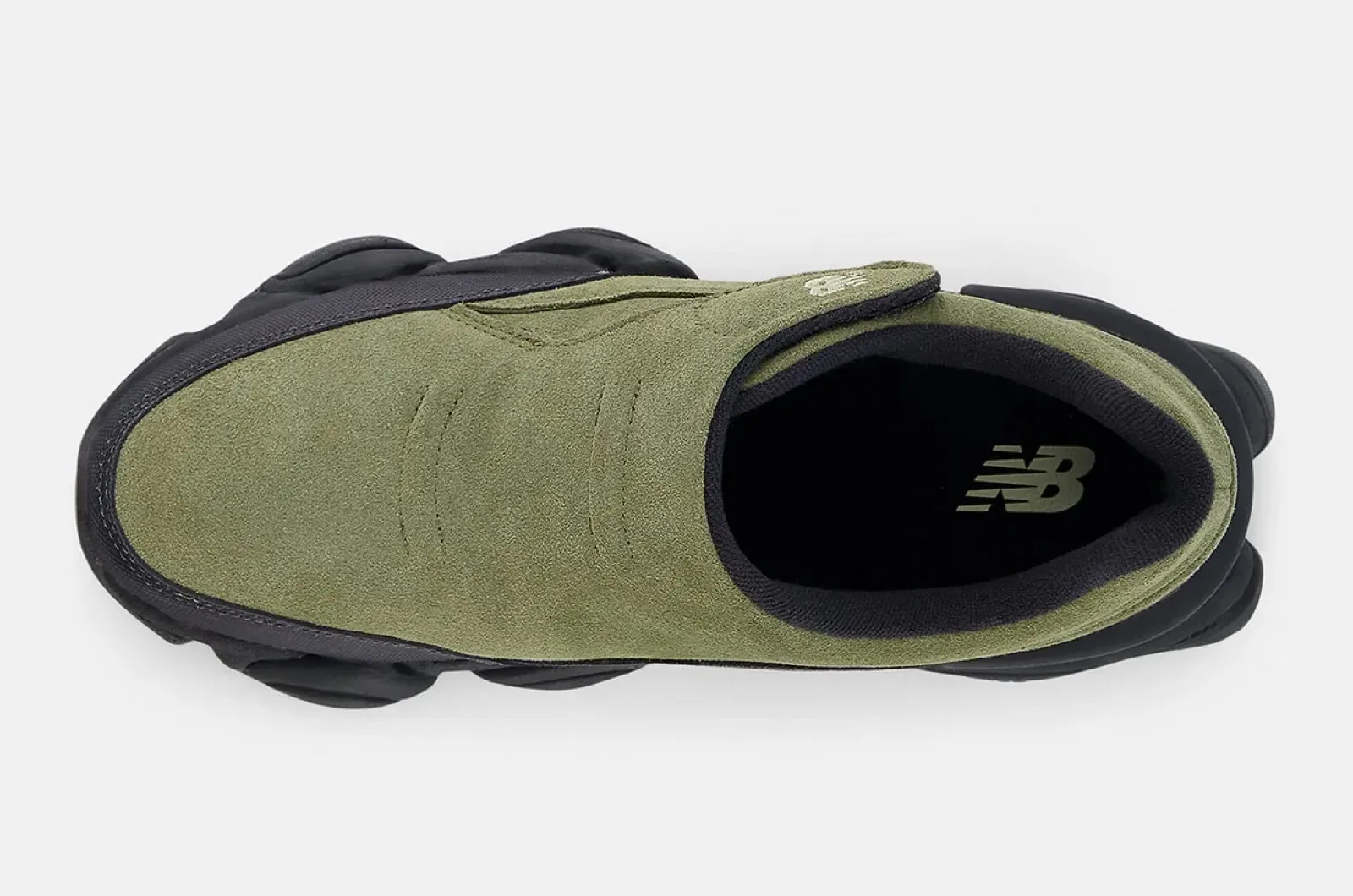

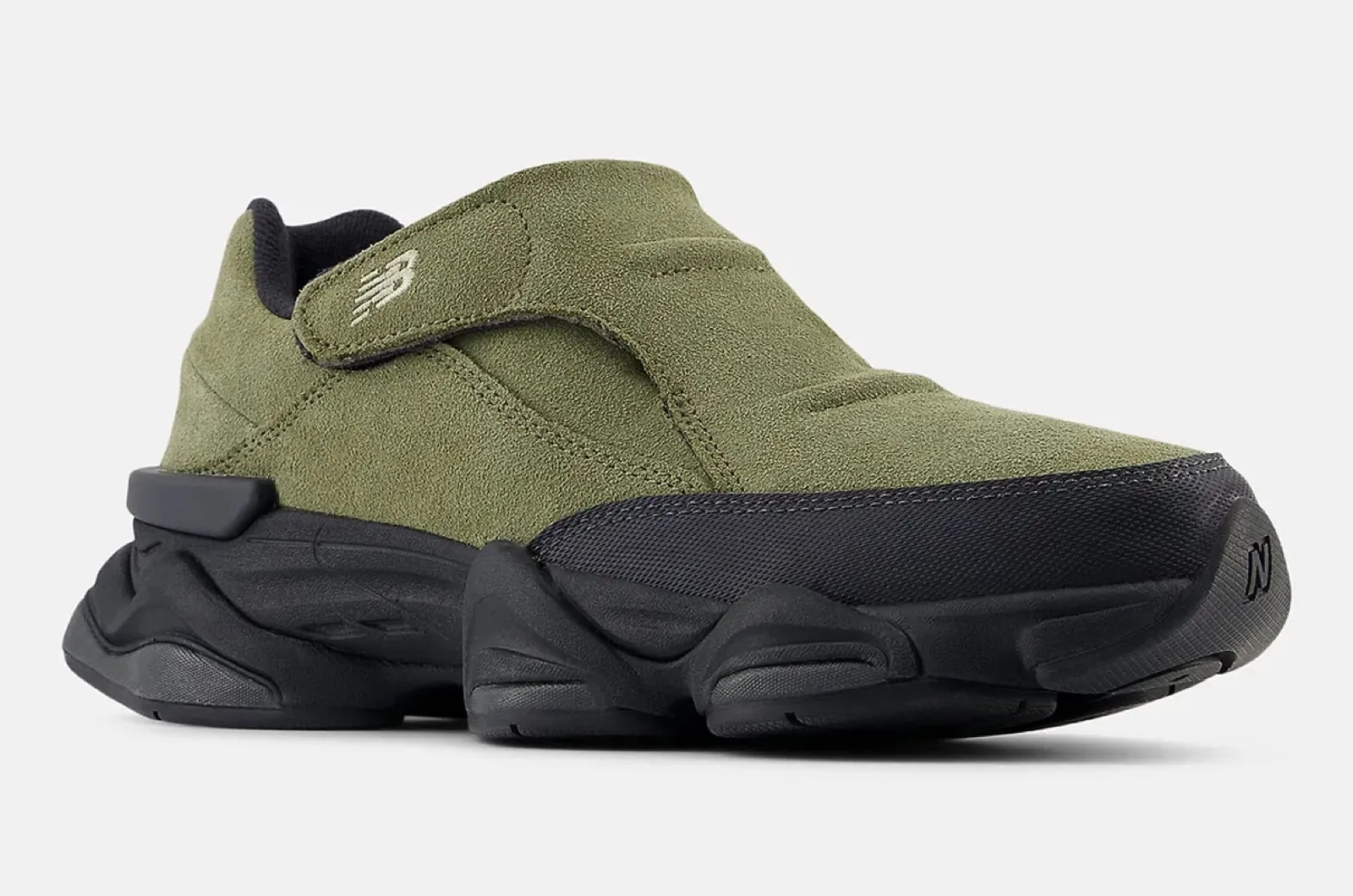










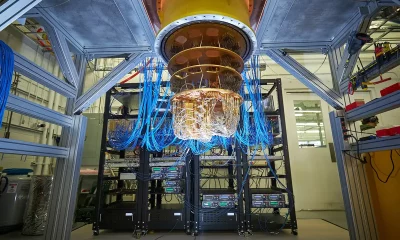

You must be logged in to post a comment Login